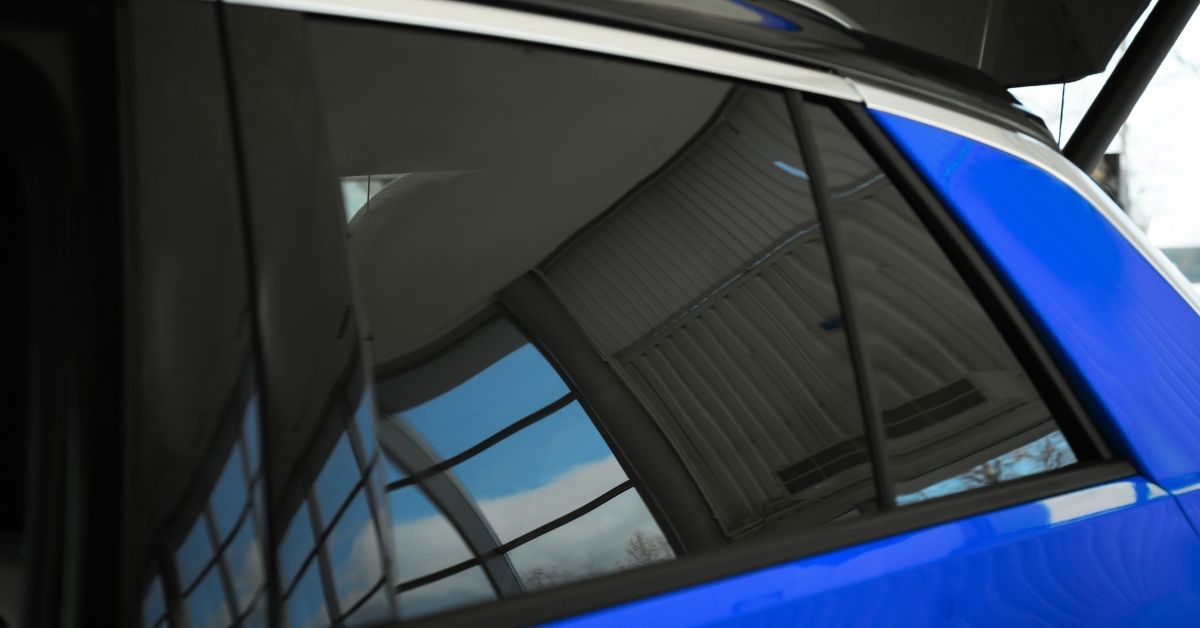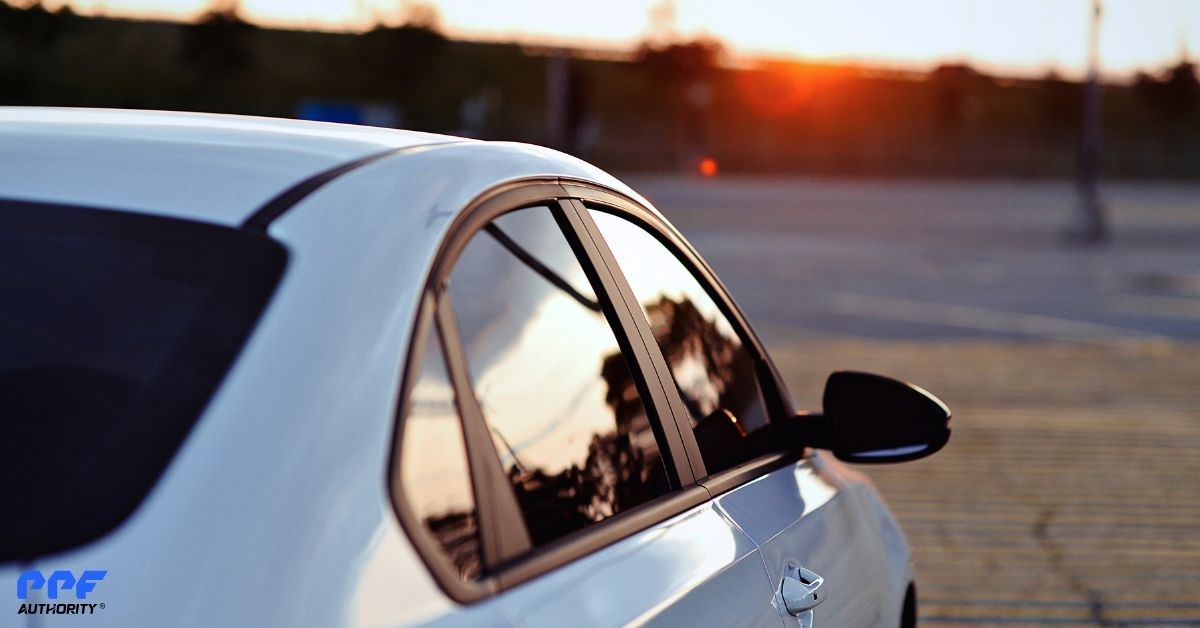Ceramic coating has become one of the most popular options for vehicle protection, offering superior gloss, hydrophobic properties, and long-term durability. If you’re considering ceramic coating for your car, you likely have questions about how it works, its benefits, and what to expect during and after application.
Here’s a detailed FAQ addressing the most common questions about ceramic coating to help you make an informed decision.
What is Ceramic Coating?
Ceramic coating is a liquid polymer applied to a vehicle’s exterior surfaces. It chemically bonds with the paint to create a durable, protective layer that enhances the car’s gloss, repels water and contaminants, and protects against UV damage and minor scratches.
How Does Ceramic Coating Work?
Ceramic coating uses nanotechnology to create a microscopic, transparent shield on your car’s paint. This barrier repels water, dirt, and other contaminants while adding a layer of protection against environmental damage. Once cured, the coating bonds to the surface and cannot be removed by washing or rain.
Benefits of Ceramic Coating
- Enhanced Gloss: Provides a deep, mirror-like shine that enhances your vehicle’s appearance.
- Hydrophobic Properties: Water beads off the surface, making it easier to clean.
- UV Protection: Shields paint from harmful UV rays, reducing fading and oxidation.
- Chemical Resistance: Protects against bird droppings, tree sap, road salt, and acidic contaminants.
- Durability: Lasts longer than traditional waxes and sealants, often up to 1–10 years, depending on the product.
- Ease of Maintenance: Reduces the need for frequent washing and prevents dirt from sticking to the paint.
Is Ceramic Coating Permanent?
Ceramic coating is semi-permanent because it bonds to the vehicle’s surface and can only be removed through abrasion (e.g., polishing or wet sanding). Its lifespan varies depending on the product, quality of application, and maintenance.
How Long Does Ceramic Coating Last?
The lifespan of ceramic coating depends on the product and maintenance:
- Entry-Level Coatings: 1–3 years
- Mid-Tier Coatings: 5–7 years
- Professional-Grade Coatings: Up to 10 years or more with proper care
Can I Apply Ceramic Coating Myself?
Yes, there are DIY ceramic coating kits available, but they require meticulous preparation and application. Professional installation is recommended for long-lasting results and a flawless finish, as professionals have access to higher-grade coatings and are skilled in correcting paint imperfections before application.
How is Ceramic Coating Applied?
Here’s a general overview of the application process:
- Surface Preparation: The car is thoroughly washed, clay-barred, and decontaminated. Paint correction is often done to remove scratches and swirl marks.
- Application: The coating is applied in small sections using an applicator pad.
- Curing: The coating is buffed to remove excess product and left to cure. Some coatings require specific curing times or conditions, such as infrared curing lamps.
Does Ceramic Coating Prevent Scratches?
Ceramic coating is not scratch-proof. It offers a layer of protection against minor scratches and swirl marks but won’t protect against deep scratches, impacts, or abrasions. For maximum protection, consider pairing ceramic coating with paint protection film (PPF).
Does Ceramic Coating Make My Car Maintenance-Free?
No, but it does make maintenance significantly easier. The hydrophobic properties help repel dirt, water, and contaminants, meaning you’ll spend less time washing your car. However, regular cleaning is still necessary to prevent buildup and maintain the coating’s effectiveness.
How Do I Maintain Ceramic Coating?
- Wash Regularly: Use pH-neutral car shampoo and avoid harsh chemicals.
- Avoid Automated Car Washes: Use hand washes to prevent swirl marks and scratches.
- Use Ceramic Boosters: Periodically apply a ceramic spray or topper to maintain hydrophobic properties and extend the coating’s lifespan.
- Dry Properly: Use a microfiber towel or air blower to prevent water spots.
Can Ceramic Coating Be Applied Over PPF?
Yes, ceramic coating is often applied on top of paint protection film (PPF) to enhance gloss, hydrophobic properties, and UV protection. It’s a great way to combine the physical protection of PPF with the ease of maintenance offered by ceramic coating.
How Long Does Ceramic Coating Take to Apply?
The process typically takes 1–3 days, depending on the level of preparation required and the product being used. This includes paint correction, application, and curing time.
Can Ceramic Coating Be Removed?
Yes, but it can only be removed through abrasion, such as polishing or wet sanding. If you want to remove the coating, consult a professional detailer to avoid damaging your paint.
Is Ceramic Coating Better Than Waxing?
Yes, ceramic coating outperforms traditional wax in durability, protection, and performance. While wax typically lasts a few weeks to a few months, ceramic coating can last for years and provides superior resistance to UV rays, chemicals, and water.
Is Ceramic Coating Worth the Investment?
For car owners who want long-term protection, enhanced aesthetics, and reduced maintenance, ceramic coating is absolutely worth the investment. While it has a higher upfront cost than waxing or sealants, the durability and performance make it cost-effective over time.
Can Ceramic Coating Protect Against Water Spots?
Ceramic coating reduces the likelihood of water spots because of its hydrophobic properties, which cause water to bead and run off the surface. However, it doesn’t completely prevent water spots, especially if hard water dries on the surface. Prompt drying after washing or rain can help minimize water spots.
Is Ceramic Coating Safe for All Vehicles?
Yes, ceramic coating is safe for all types of vehicles, including cars, trucks, motorcycles, and boats. It can be applied to various surfaces, such as paint, glass, wheels, and plastics.
How Much Does Ceramic Coating Cost?
The cost depends on the product and whether you opt for DIY or professional application:
- DIY Kits: $50–$150
- Professional Application: $500–$3,000 or more, depending on the size of the vehicle, the quality of the coating, and the level of preparation required
Are There Any Downsides to Ceramic Coating?
While ceramic coating has many benefits, it’s important to note:
- Not Scratch-Proof: It won’t protect against deep scratches or impacts.
- Upfront Cost: Professional application can be expensive.
- Proper Maintenance Required: Neglecting maintenance can reduce the coating’s performance over
Conclusion
Ceramic coating is a game-changer for vehicle protection, offering long-term durability, superior gloss, and easier maintenance. For the best results, consider professional application and follow proper maintenance practices to enjoy the benefits of ceramic coating for years to come.

